NGHỆ AN — Việt Nam has recorded a decreasing number of children who have drowned every year.
The fall in numbers was confirmed by Nguyễn Thị Hà, Deputy Minister of Labour, Invalids and Social Affairs (MOLISA) at a recent workshop on the issue in the central province of Nghệ An.
According to a report from MOLISA, the drowning rate among Vietnamese children has been steadily decreasing, with an annual reduction of 3-5 per cent, equivalent to 100 fewer cases of children drowning each year.
Deputy Minister Hà emphasised that these results are evidence of the effectiveness of the coordination mechanism and the robust efforts of ministries, local authorities and international organisations.
Over the past five years, with support from the Bloomberg Philanthropies and the Global Health Policy Advocacy, the child drowning prevention programme in Việt Nam has provided free swimming lessons to more than 29,000 children aged 6-15 and water safety education for more than 50,000 children in schools. They have also funded technical training for almost a thousand teachers and healthcare workers and 900 community-based swimming instructors.
However, drowning still claims the lives of nearly 2,000 children under 16 and it remains one of the top ten causes of death for children aged 6-15. The child drowning rate in the country is higher than that of countries in the Western Pacific region and is ten times higher than that of developed countries. Children in rural areas are twice as likely to drown as those in urban areas. Additionally, 55 per cent of drowning deaths occur among children from poor rural households.
Efforts to prevent accidents and injuries among children, particularly drowning, have consistently received the attention and support of the National Assembly, the Government and various levels of local authorities. The Child Law mandates the State’s responsibility to implement measures for preventing child accidents and injuries. The child accident and injury prevention programme for the 2021-2030 period includes comprehensive, multi-sectoral interventions aimed at reducing child drowning fatalities. This programme focuses on implementing solutions and models to teach water safety skills to children and ensuring a safe living environment for them.
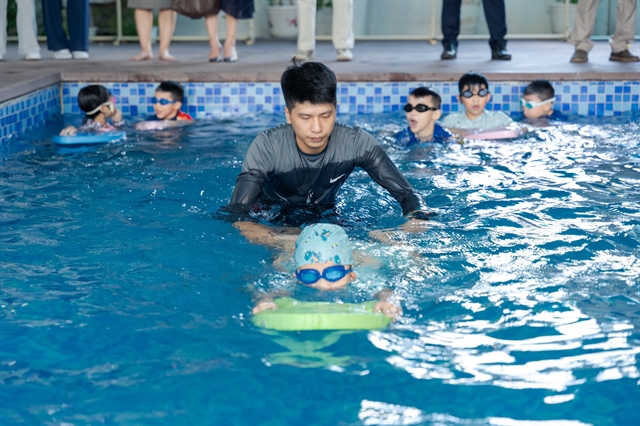 |
| Promoting survival swimming lessons and education on water safety skills for children. Photo Courtesy of MOLISA |
To accelerate the progress of the child drowning prevention programmes and achieve the goals set by the Prime Minister for preventing child injuries, the Inter-sectoral Coordination Plan for Child Drowning Prevention for the period 2022-2030 has been signed between the MoLISA and nine other ministries and relevant organisations.
At the workshop, Kelly Larson, Director of the Bloomberg Philanthropies Injury Prevention Program, praised the multidisciplinary coordination mechanism for drowning prevention in Việt Nam. With its innovative approaches and the dedicated efforts of relevant authorities, Vietnam is considered a model for child-drowning prevention that other countries can learn from.
“Việt Nam is a pioneer in drowning prevention,” she said. “They have developed a very strong programme to reduce drownings amongst 6 to 15 year olds, and they have done that in a number of different ways.
"They first have identified a best practice curriculum to teach children how to swim. I highly appreciated the collaboration between nine ministries to ensure that survival swim instruction can be brought to 6 to 15 year olds across the country and the engagement and support from provincial governments. Bloomberg Philanthropy is very pleased to partner with Việt Nam in this effort to protect children’s lives and ensure them a sustainable future.”
 |
| Kelly Larson (first left) attended a field visit to a model of survival swimming class in Nghệ An province. |
In addition to multidisciplinary cooperation and local government commitment, community engagement, especially from schools and parents plays a crucial role in executing child drowning prevention activities.
Agarwal Vandana Shah, Vice President for Health Systems Strengthening at CTFK/GHAI said: “Drowning prevention cannot be solely a top-down intervention from the government, it requires the collective effort of various ministries and the community, particularly schools and parents. Therefore, we commit to working alongside the Vietnamese government, local authorities, and partners to enhance awareness among schools and families about ensuring child safety from drowning risks and to facilitate children's participation in survival swimming classes.”
 |
| Agarwal Vandana Shah (middle) emphasised the critical role of the community including schools and families in preventing child drowning. |
The national programme for child injury prevention for the 2021-2030 period, initiated by the Government of Việt Nam, aims to reduce child drowning fatalities by 10 per cent by 2025 and by 20 per cent by 2030.
Teaching children safe swimming skills and promoting water safety are among six low-cost, evidence-based intervention strategies recommended by the WHO and constitute a vital component of the government's drowning prevention initiative.
Additional measures include training lifeguards and first responders, enhancing regulations for boats, managing flood risks, installing barriers near water sources and providing safe play areas away from water for young children.
Protecting the health and lives of citizens also has significant economic implications. Research indicates that for every VNĐ1,000 (US$0.04) invested in drowning prevention, there is a benefit of VNĐ9,000. VNS
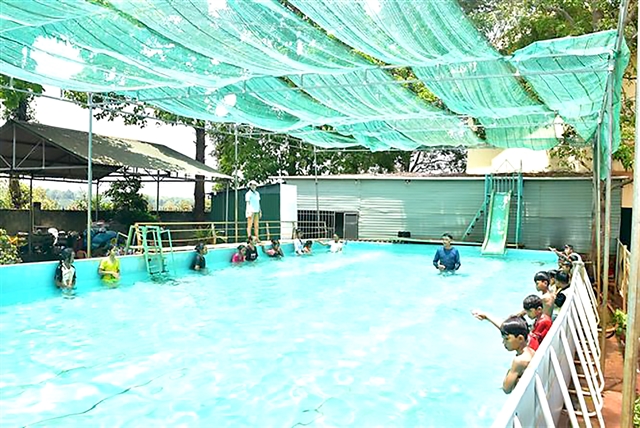 Society
Society












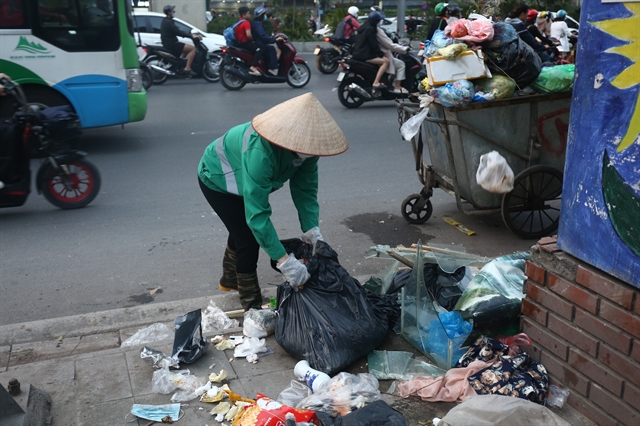



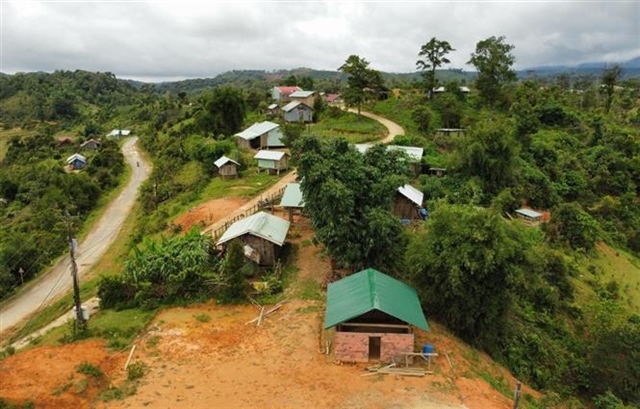

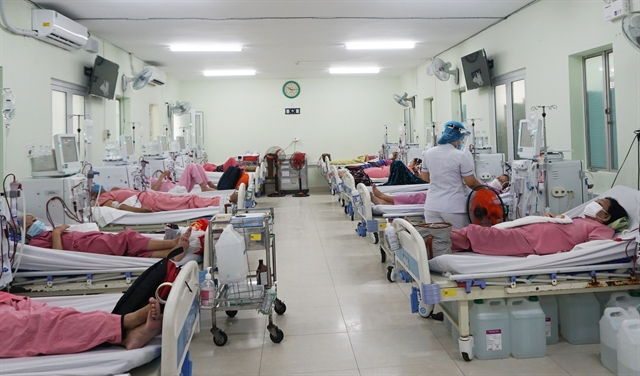

.jpg)







